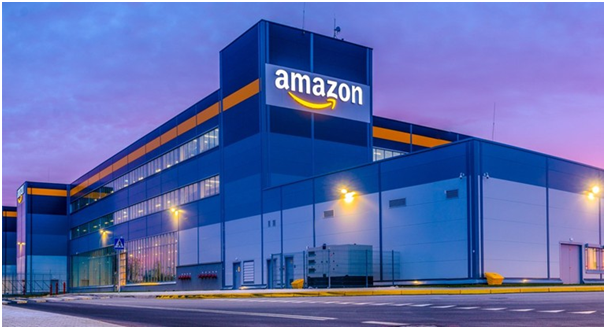
The tech
giant, currently the world’s second-largest private employer with 1.5 million
employees, has seen a decline in its workforce by over 100,000 since 2021 when
it had 1.6 million workers. This
significant increase in robots marks a notable shift, with 520,000 robots in
2022 and 200,000 in 2019.
The new robots, such as Sequoia
and Digit, are tailored to handle repetitive tasks, aiming to boost efficiency,
safety, and delivery speed for Amazon’s clientele. Sequoia streamlines inventory
management and order processing in fulfillment centers, while Digit, developed
in collaboration with Agility Robotics, assists with tasks like moving empty
tote boxes.
This move
underscores Amazon’s commitment to innovation in its supply chain, reflecting
its belief in the synergies between human and robotic collaboration. Despite
concerns about job displacement, Amazon asserts that the integration of robots
has led to the creation of new skilled job categories within the company.
However, questions persist about the broader implications for the workforce and
the economy at large, particularly regarding job dynamics and income inequality
in an increasingly automated landscape.
Amazon’s
adoption of robotics not only transforms its operational model but also raises
broader questions about the future of
work and the societal impact of automation. As the company navigates these
changes, the challenge lies in balancing the benefits of automation with the
need to address potential negative consequences on employment and ensure equitable
distribution of gains across the workforce.